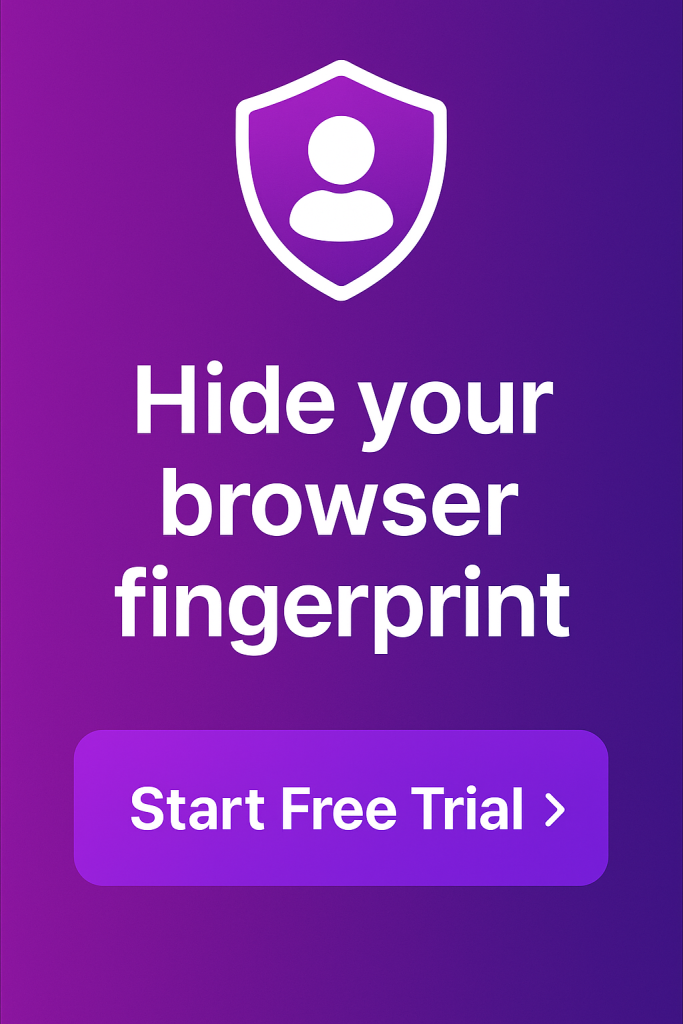Incogniton is a wonderful browsing utility that gives you anonymity online and lets you use the internet as with multiple identities safely and quickly. The basis of Incogniton’s operation is in the virtual browser keys.To use Incogniton, you have to create a new profile. This profile contains the details like your geolocation, operating system, you want to show websites that you visit.
Incogniton also saves browsing cookies and browsing session data to their unique profiles. How does Incogniton ensure that all your browser profiles are unique? Proxies, browser fingerprints, and WebRTC. Not sure what those terms mean? Don’t worry; this page answers all questions you may have on how Incogniton’s profiles remain private.
About Proxies
A proxy server (proxy) is a middle party between your computer and the internet. You receive and send traffic through this server. When traffic comes in, the proxy server relays it to you. There are two types of proxy servers – datacenter and residential.
People connect their devices through proxy servers to access the internet anonymously. Incogniton saves session data to their unique browser profiles, and when you use different proxies for different profiles, the data on these profiles will be unique.
Note that Incogniton does not sell or give out proxies; it only supports and integrates with HTTP(S), SOCKS4, and SOCKS5 proxy servers. To use a proxy server with Incogniton, you need the following:
- A proxy address or host.
- Proxy port.
- Proxy server.
- Authenticated IP addresses.
Anti-Detect Browser for Multi-Account Management
Manage unlimited virtual profiles for easy multi-account management. Safe and anonymous. Ideal for teams and individuals. Download and try for free now!

Comments are closed.